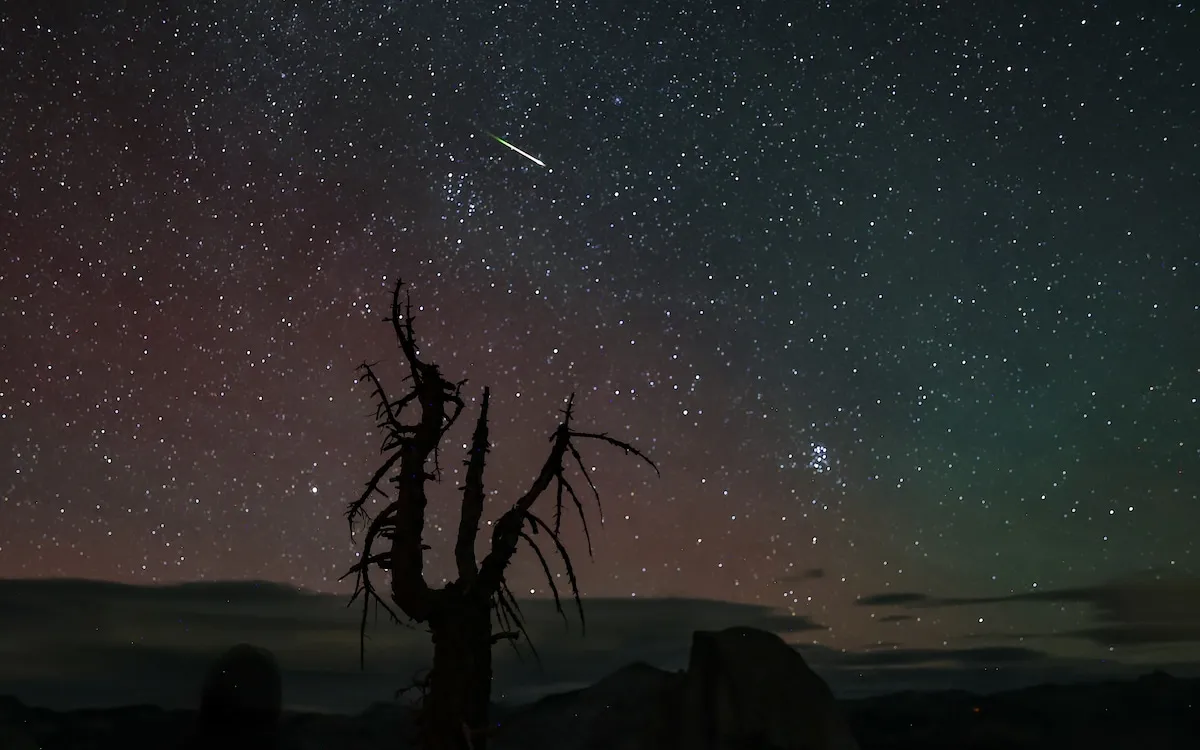
One of this year’s most exciting celestial events, the Perseid meteor shower, is set to provide an unforgettable astronomical experience. This stunning meteor shower will illuminate the night sky across the U.S. from mid-July through late August, with peak visibility expected on August 12.
During its peak, the Perseid meteor shower can produce an impressive average of 100 meteors per hour. According to Space.com, the optimal time to witness this spectacular display will commence around 11 p.m. local time and continue until dawn on August 13. While the Perseid shower is visible anywhere in the U.S., it is particularly best viewed in the Northern Hemisphere, especially in dark-sky areas with minimal light pollution.
To maximize your viewing experience, find locations with wide open skies, free from tall buildings and mountains that could obstruct your view. Notably, you won't need telescopes or binoculars to enjoy the Perseid meteor shower, as the meteors are easily visible to the naked eye.
The meteors that create the dazzling display of the Perseid shower are the result of debris from comets and asteroids. As comets orbit around the Sun, they leave behind trails of dust. When Earth passes through these trails, the debris collides with our atmosphere, resulting in the fiery streaks we see lighting up the sky. The debris responsible for the Perseid meteor shower originates from Comet Swift-Tuttle, which travels at an incredible speed of approximately 133,200 mph, as reported by NASA.
Comet Swift-Tuttle takes about 133 years to complete one orbit around the Sun. It was discovered in 1862 by astronomers Lewis Swift and Horace Tuttle. Notably, Swift-Tuttle is a large comet, with a nucleus measuring around 16 miles across.
The radiant point of the Perseids, where the meteors seem to originate, is located in the constellation Perseus. However, to increase your chances of spotting meteors, it’s advisable to keep a clear view of the entire sky. Space.com suggests that viewers allow their eyes about 30 minutes to adjust to the darkness, which enhances the ability to see the meteors. Additionally, it’s crucial to avoid any bright lights, including phone screens, as they can significantly disrupt your night vision.
While the Perseid meteor shower occurs annually, enthusiasts can look forward to a particularly breathtaking event in 2028, when it is expected to develop into a meteor storm, offering an even more spectacular display.
In summary, the 2023 Perseid meteor shower promises to be a highlight of the summer sky. Mark your calendars for August 12, prepare for a night under the stars, and enjoy one of nature’s most stunning displays!